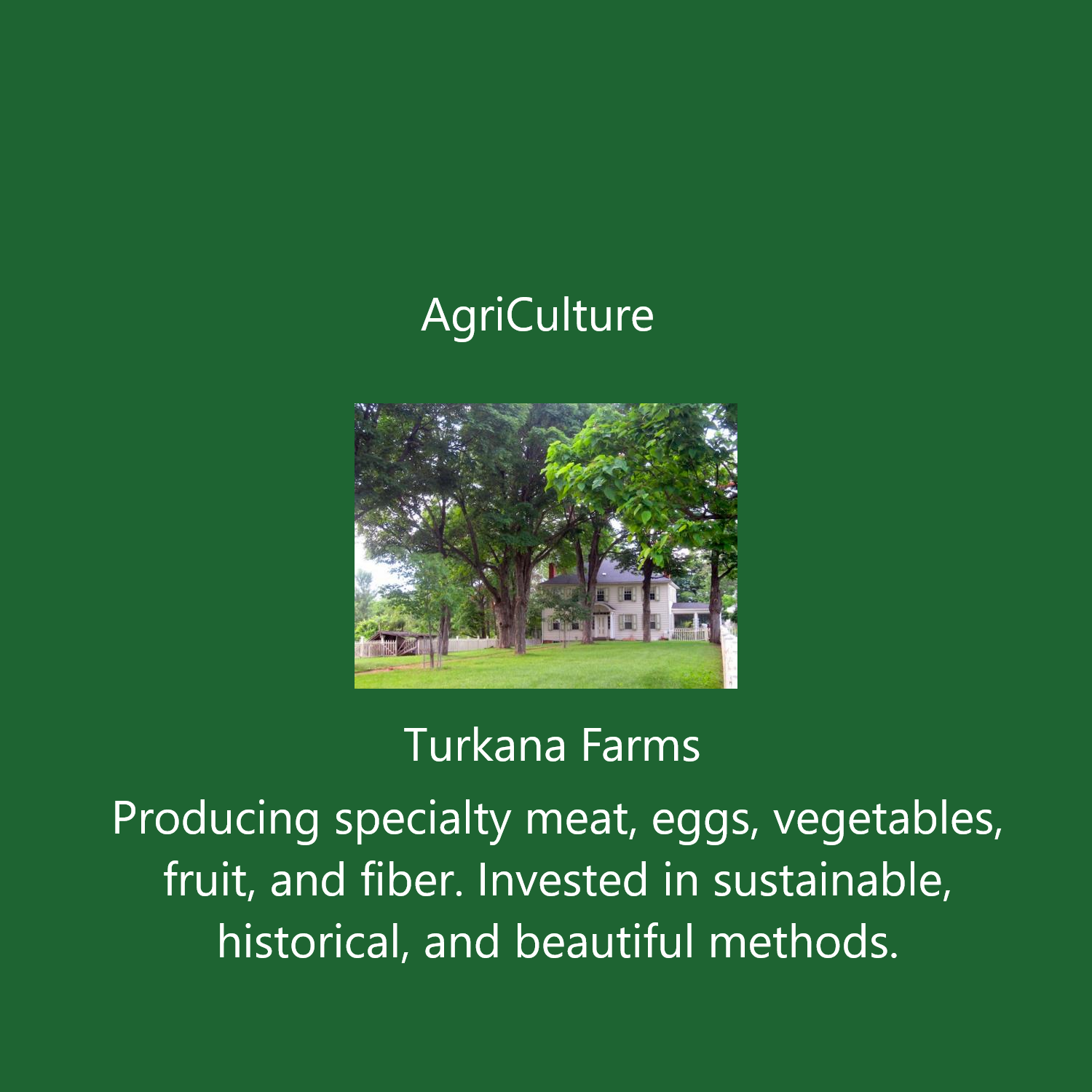
It was Thursday evening, and I assumed Eric and I would be on our own for dinner. Troy had gone to (where else?) Troy, where he has been volunteering to help build backyard vegetable gardens with Soul Fire Farm (soulfire.org), a “BIPOC (Black, Indigenous and People of Color)-centered community farm committed to ending racism and injustice in the food system. ” Judging from his last foray to Soul Fire, I assumed he’d be home quite late. Victoria, on the other hand, has been leaving not long after dawn for her job at Ironwood Farm (ironwood.farm) in Ghent , a certified organic, woman operated farm — check out their beautiful produce at the Rhinebeck Farmers Market. By the time she returns in late afternoon, she is often famished, eats a late afternoon dinner, and retires.

Since it wouldn’t be a whole household meal, and I didn’t have to worry about appealing to everyone’s dietary tastes, I figured I could satisfy one of my own spring passions: a meal based on a tender young weed that appears invasively every year at this time — lambsquarters (chenopodium album), also sometimes called wild spinach. It is in fact part of the amaranth family, related to spinach and quinoa. You undoubtedly have lambsquarters growing in your yard. Virtually everyone does, it’s a pervasive weed.
Lambsquarters is easy to spot. It grows on erect branching stems, currently ankle height but eventually three to five feet high, with leaves that the Chestnut School of Herbal Medicine website describes as “triangle- to diamond-shaped … coarsely toothed or shallowly lobed.” The underside of the leaves are a gray to silver color, covered in a powdery substance which is apparently a sort of crystallized wax.
According to that website, “The nutritious seeds have been eaten for thousands of years in Eurasia, as evidenced by archaeological digs. A native species of lamb’s quarters (Chenopodium berlandieri) was one of the earliest agricultural crops grown in North America—archaeologists have discovered seeds dating back 3,500 years. This cultivated strain of lamb’s quarters predated the cultivation of corn (Zea mays) by 1,500 years in eastern North America.”
In a “weed of the month” feature in the Brooklyn Botanical Garden website, we learn that lambsquarters is actually cultivated as a crop in the Punjab. The author of the feature, Saara Nafici, reports that her Red Hook (Brooklyn) Community Farm sometimes includes it in their CSA shares. I don’t think it’s often cultivated deliberately in modern North America, but Ms. Nafici advises us why it’s a good weed to encourage in your gardens. Its long tap root , which allows it to grow in poor soil, brings moisture and minerals to the surface and makes them available for other more shallow rooted plants, and it can serve as a “trap crop”, diverting leaf miners away from beets and chard.
Among its other virtues, lambs quarters is high in Vitamins A and C, in calcium, iron and protein.
When I mentioned the idea of pasta and lambsquarters to Eric, telling him it was a garden weed I like to eat, I sensed a slight reserve in his response. More like a hesitant “okay….”. In order to increase his enthusiasm, I suggested adding in an ingredient I knew would appeal to him — some sea scallops we had in the freezer. Even so, it was not without trepidation that I went ahead. The powdery substance that coats the leaves can leave a slightly sandy feel in the mouth, a texture to which some people object. But what the hell, life is about risk.
So I proceeded. Gathering the lambsquarters is one of those tasks that gives me great pleasure because it’s one of those dual purpose tasks that makes me feel highly efficient. I try to harvest where the weed is overwhelming other plants, in this case the forellenschluss lettuce, and by harvesting I am simultaneously weeding. I pulled the young lambsquarters up by the roots, then cut the roots off and wash the still tender stems and the leaves in a couple of changes of water, spinning the weeds dry in a salad spinner. My feeling is that if one sticks to the youngest leaves and stems , and soak them well in a change or two of water before cooking them, you end up with just a soupcon of that sandiness.
While the pasta water was coming to a boil, I softened some garlic in olive oil, and then wilted the lambsquarters in the oil with a little salt, until they turned a deep, dark green. Eric, meanwhile, coated the scallops lightly in flour and sauteed them in butter. When the pasta was done, we mixed both the lambs quarters and scallops in with the pasta, throwing in for good measure some quartered artichoke hearts we had left over in the fridge, and topped all with some grated parmesan. With a quick shredded carrot salad on the side, the entire meal took not much more than a half hour to cook.
Served on the screened porch, accompanied by a chilled Vouvray, the dish had the look of a delightful summer meal. I knew I would like it, but how would it taste to a lambsquarter novice? I waited with some trepidation as Eric tasted, and pronounced it “very good, an interesting green, more robust than spinach.” It pleased me.
Every once in a while, you need to focus on a little corner of “feeling good” that takes you away from thoughts of pandemic and social strife. Lambsquarter on Thursday was my feeling good corner.

WHAT’S NEW THIS WEEK
lAMBSQUARTERS $2/BAG
WHAT’S AVAILABLE THIS WEEK
Tiny hot matchbox peppers, $5.00 a string, dried and quite decorative.
Fresh dug horseradish root, $3/lb.
Sorrel, one gallon bag, $3/bag
Mint, $1/ bunch
Garlic chives (the flat kind), $1/bunch
Coriander, $1/bunch
Dill, $1/bunch
Baby forrelenschluss lettuce, $2/bag
Lambsquarters $2/bag
Rhubarb $5/lb
EGGS: $5/doz, $3/doz (fun size)
MEATS: Have been largely cleaned out during the supermarket shortages of this spring. What is still in stock:
LAMB: a few remaining , leg of lamb $14/lb, lamb shoulder roast $7/lb.
PORK: fresh ham roasts (2 to 3 lbs), $12/lb
Chickens will be available again at the end of summer, additional lamb in mid July.
FARM PICKUPS:
Email us your order at [email protected], and let us know when you’d like to pick up your order. It will be put out for you on the side screened porch of the farmhouse (110 Lasher Ave., Germantown) in a bag. You can leave cash or a check in the now famous pineapple on the porch table. Because I’m now here full time, we’re abandoning regular pick-up times. Let us know when you want your order any day between 10 and 5, and unless there are unusual circumstances we’ll be able to ready it to your convenience. If you have questions, don’t hesitate to call or text at 917-544-6464 or email.

Hey all, Troy here, It’s that time again, the time where our culture forces us to remember the past and think about the future,...

Having gotten inquiring messages from my cousin Albie and my friend Steve, I think I need to report that if I skip writing the...

Turkana Farms, LLC, is a small-scale producer of heritage breed livestock and a wide array of vegetables and berries on just over 39 acres...